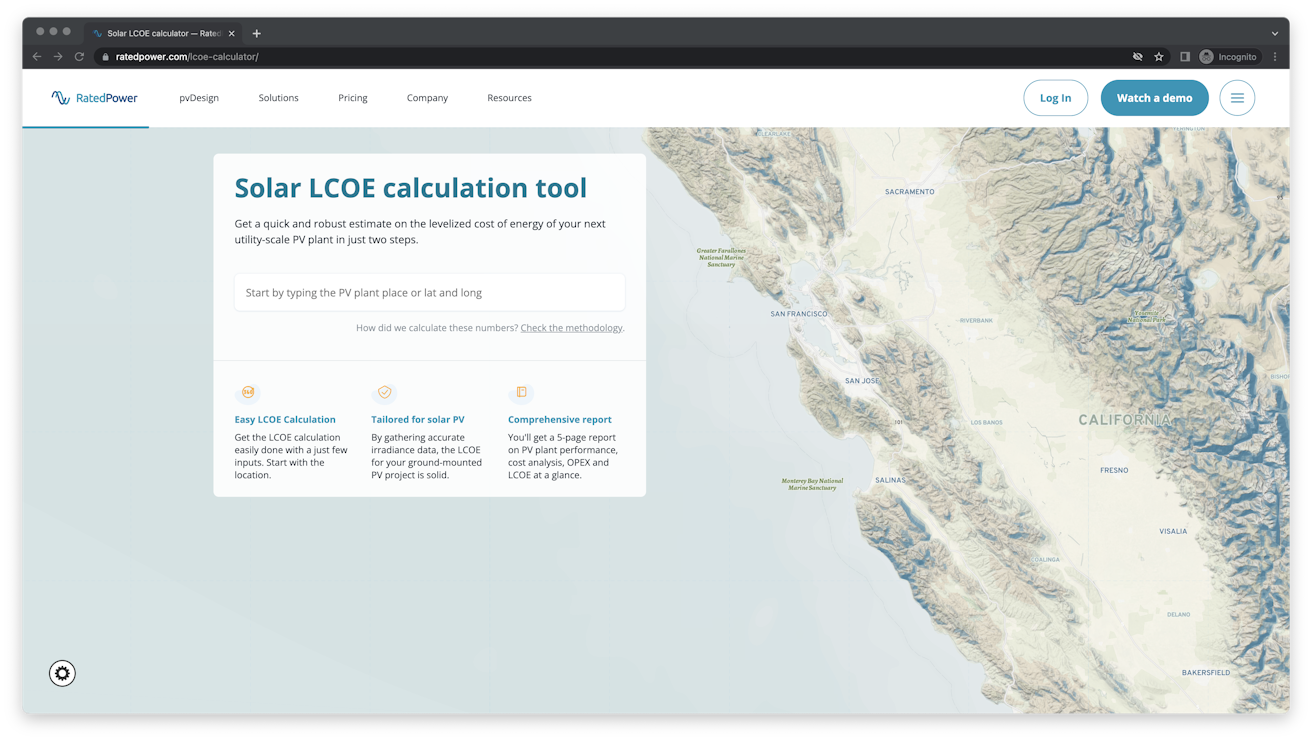- Solar energy blog
- How is ceasing gas usage affecting France’s renewable investments?
How is ceasing gas usage affecting France’s renewable investments?
Ignacio Granda
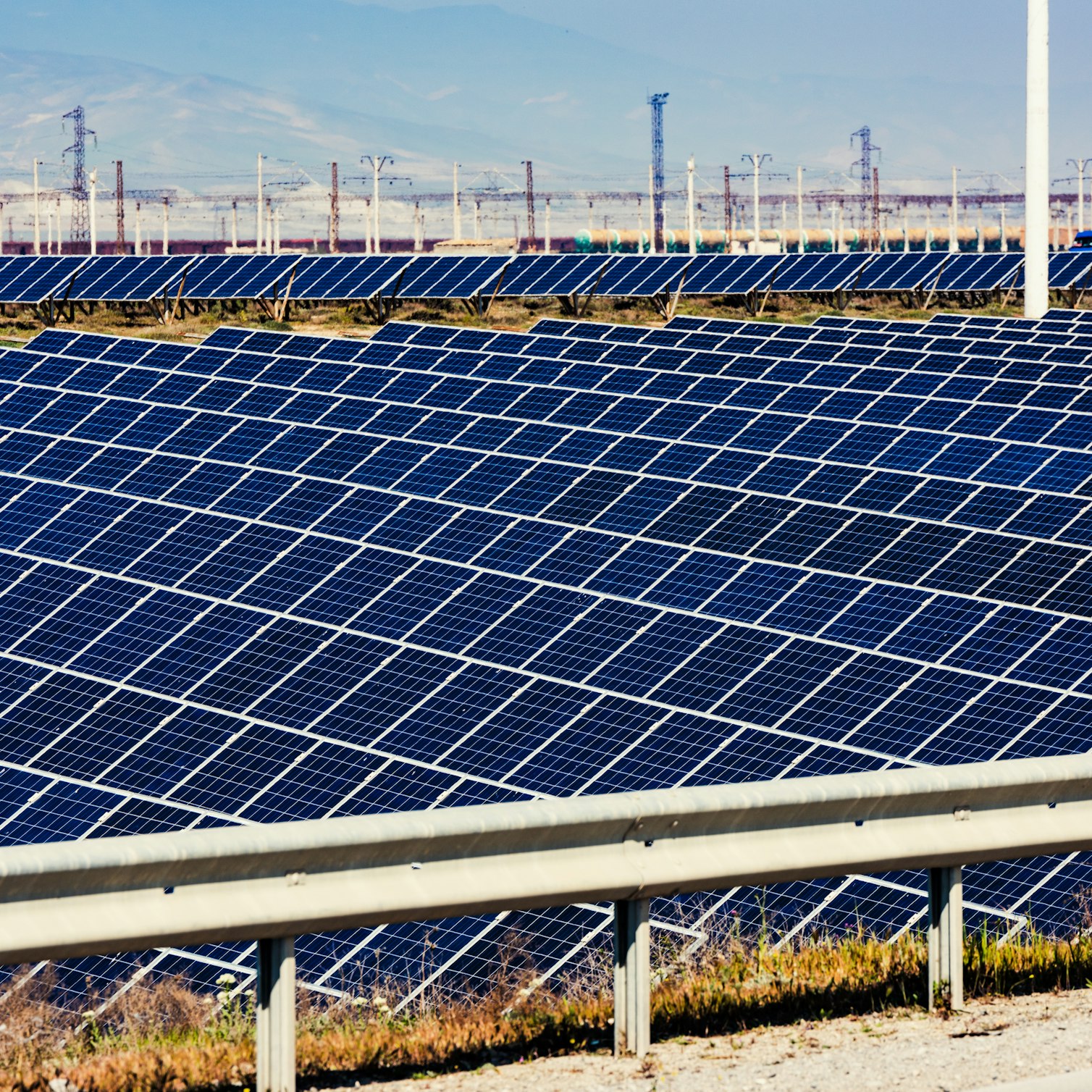
Content
Europe has experienced a turbulent 2022 so far — Russia’s invasion of Ukraine causing political and economic crisis, uncertainty surrounding the outcome of elections, inflation at its highest levels in decades, and the looming threat of recession.
Against this backdrop, France has ambitious goals for renewable power generation, but how has all this affected their progression of renewable adoption?
In this blog, we'll look at how the changing political climate is affecting France's renewable sector.
France’s ambitious renewable goals
In February 2022, French President Emmanuel Macron announced new targets for the country’s solar photovoltaic (PV) and wind power capacity by 2050. This was important, as France was the only European Union nation to miss its target to generate 23% of its energy from renewables in 2020.
“We have fallen behind,��” Macron said in a speech. “We will increase our efforts in particular on solar energy, as it is cheaper and can be more easily integrated into the landscape and, by 2050, we will multiply by nearly 10 the installed power to exceed 100GW by ensuring a fair balance between rooftop PV installations and those on the ground.”
Macron added that regulatory barriers would be removed as the current approval process to build a solar plant can take five years. He also emphasized the importance of building French expertise in solar technologies and manufacturing.
But less than two weeks later, the Russian invasion of Ukraine changed the energy landscape in Europe. France was among the countries that quickly called for sanctions against Russia, including a ban on fossil fuel imports.
The desire to eliminate dependency on Russia for gas supplies and avoid providing financial support to the Russian government through energy purchases has increased the impetus to invest in renewable energy. Imports from Russia accounted for 17% of France’s gas supply, 9% of its oil supply and 26% of its coal supply in 2020.
France generates more than 70% of its electricity from nuclear power and 20% from renewables. During his recent spring re-election campaign, Macron said that France would become “the first major nation to abandon gas, oil, and coal.”
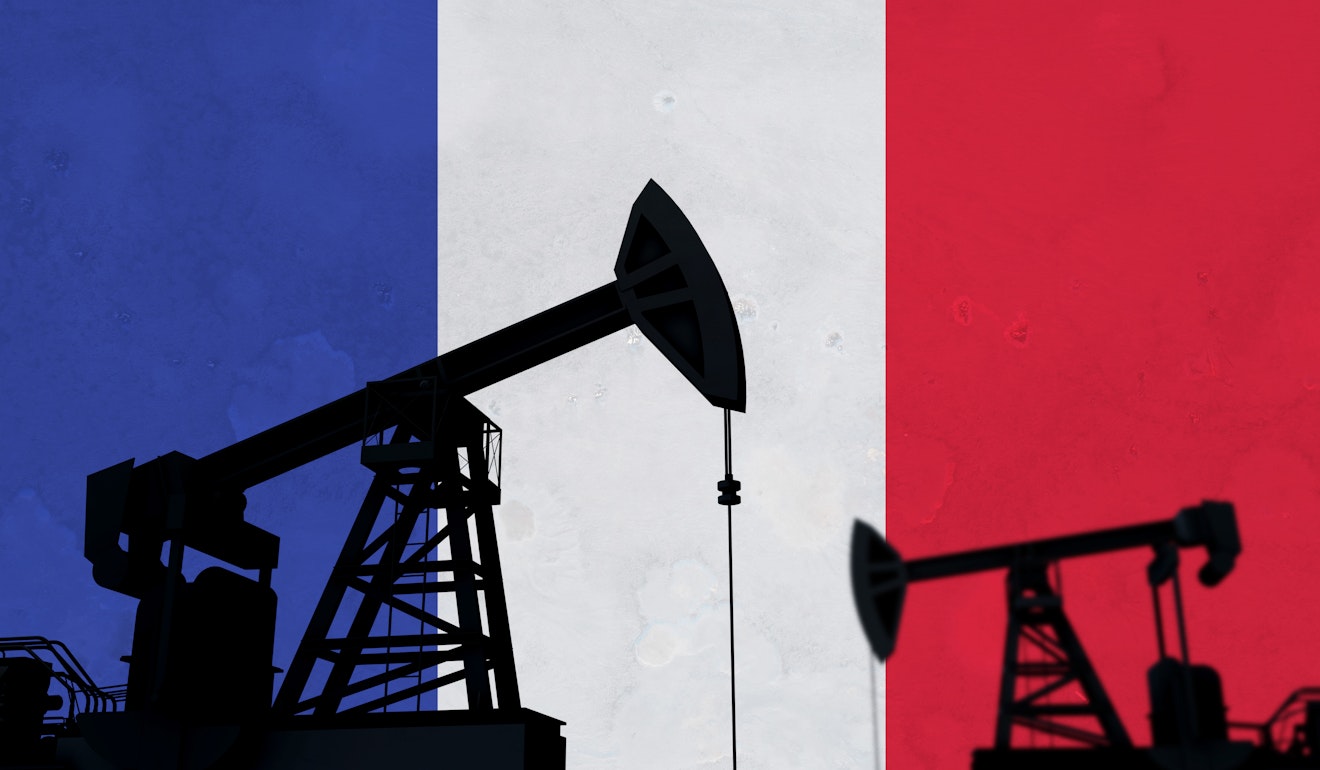
In November 2021, the French government had frozen natural gas prices at October 2021 levels and capped electricity price increases at 4%. In June, these caps were extended to the end of 2022, to help mitigate the impact of soaring European energy prices on consumers.
So what has happened in the renewable energy sector in France in the six months since the start of the Russia-Ukraine conflict, as European gas prices have soared?
Emergency measures to speed the renewable transition
In March, the French government presented a plan to mitigate the impact of sanctions against Russia on energy costs. As part of the package, the government increased its grant for replacing fossil fuel heaters by €1,000 to €9,000, to “accelerate the replacement of fossil fuel-powered boilers with renewable heating solutions” including biomass heaters and heat pumps. Moreover, property owners can no longer apply for a grant from the state to replace a gas boiler with a more efficient gas boiler.
The government stated that the aim of increasing the grant is to cut the country’s greenhouse gas emissions while at the same time reducing its dependency on Russian gas. The then Prime Minister, Jean Castex, said that the government has set a target to end France’s dependency on Russian energy by 2027.
At the end of July, the French government announced emergency measures to accelerate the development of renewable energy production. With high inflation pushing up the cost of raw materials and construction, projects have been delayed or halted as their costs are no longer covered by electricity purchase prices. The government estimated that 6-7GW of solar projects along with 5-6GW of wind projects were at risk.
The emergency measures include:
Authorizing renewable projects with tender agreements to sell their electricity on the open market for 18 months before their contracts come into effect.
Taking into account the rising cost of materials for all future renewable electricity and biomethane projects.
Freezing the reduction in tariffs for installing PV panels on buildings for the rest of 2022.
Allowing all renewable projects that have already won tenders to increase their capacity by up to 40% before completion.
Extending the commissioning time for biomethane production facilities that have received their environmental authorization.
The Ministry for Energy Transition will also launch a new PV call for tenders in Overseas France, Corsica, and the Ponant Islands. The ministry will introduce a new tariff window for ground PV installations with capacities of less than 1MW located on degraded land, as well as for solar trackers.
Renewable cost analysis rises in importance
With recession looming in several parts of the world, the cost of renewable project construction takes on greater importance. While renewable energy sources are now cost competitive with fossil fuels, high inflation has driven up the cost of raw materials, and in turn the cost of equipment. As we have seen in France, projects can be delayed or halted if costs rise above the amount of income they can generate.
Analyzing financial metrics such as the levelized cost of electricity (LCOE), which calculates the cost of building, operating, and maintaining a project, becomes all the more important during times of recession. The LCOE determines whether a project will generate a profit over its lifespan based on capital costs and electricity prices, taking into account any subsidies or other government financial support.
Get a a quick and robust estimate on the levelized cost of energy of your next utility-scale PV plant in just two steps. Chek out our Solar LCOE Calculator!
For example, the emergency renewable support package in France enables project developers to increase their output capacity, delay a tariff reduction and sell electricity at market prices for an initial period. These are all factors that would adjust the calculation of the LCOE and could return an unprofitable project back into profitability.
RatedPower platform automates the design and analysis of solar PV projects, including the calculation of LCOE, enabling developers to create the most efficient plants based on all the project variables. Contact us to find out more.
Latest stories
Related posts
Market analysis
Defrosting the frozen Nordic solar market
Explore the Nordics’ solar grid challenges and energy transition strategy. Read the blog to uncover policy gaps and solutions shaping Europe’s green future.
Updated 8 JUL, 25

Market analysis
U.S. solar manufacturing grows fourfold, thanks to Inflation Reduction Act
Find out more about the Inflation Reduction Act and how it has increased U.S. solar manufacturing capacity fourfold since the legislation passed in 2022.
Updated 24 JUN, 25
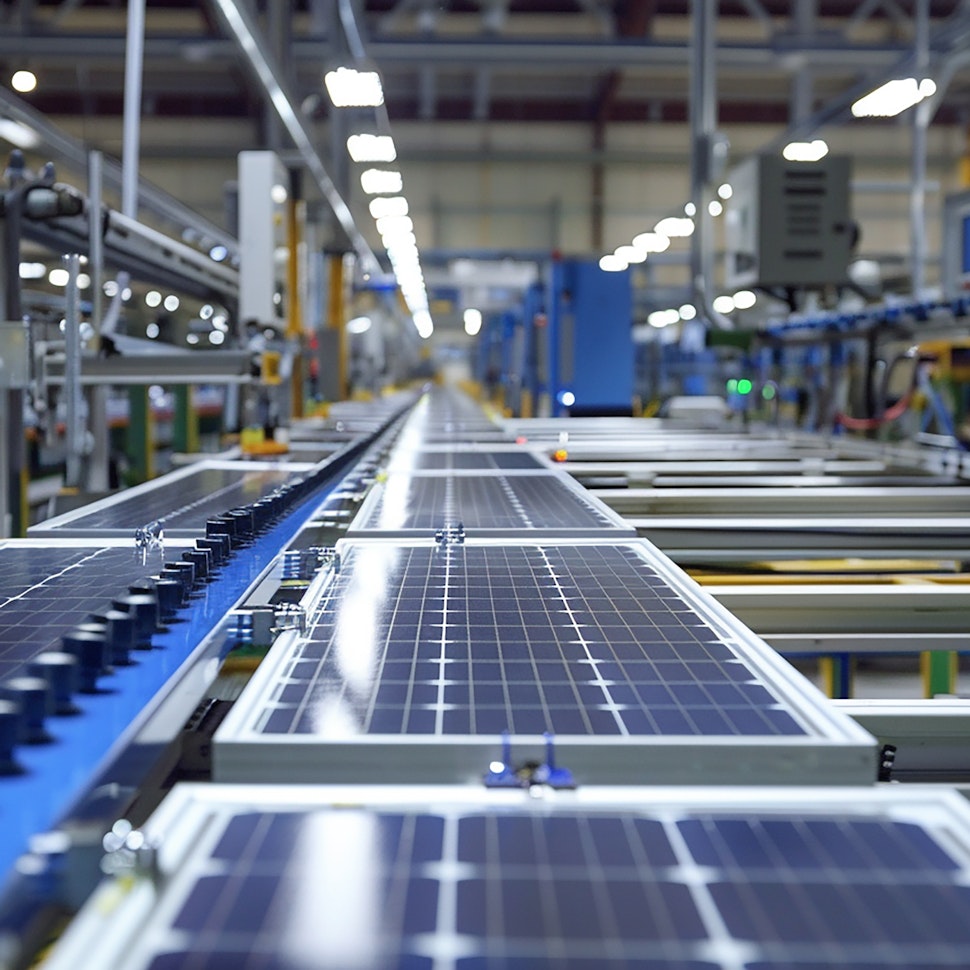
Market analysis
Italy’s €9.7 billion plan to boost renewables and reach net zero
Explore a new state aid scheme helping Italy to work toward a cleaner future and investing in onshore wind, solar PV, hydropower, and sewage gas projects.
Updated 10 JUN, 25
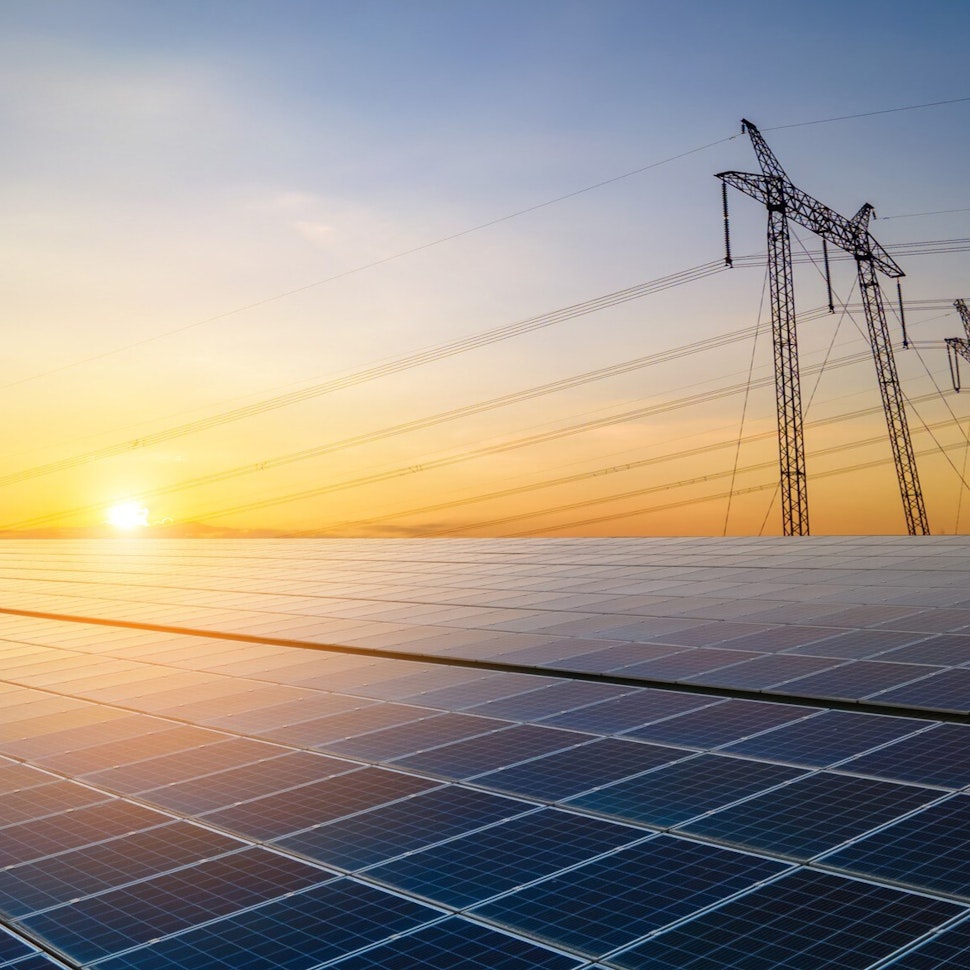
- RatedPower
- Solar energy blog
- How is ceasing gas usage affecting France’s renewable investments?
